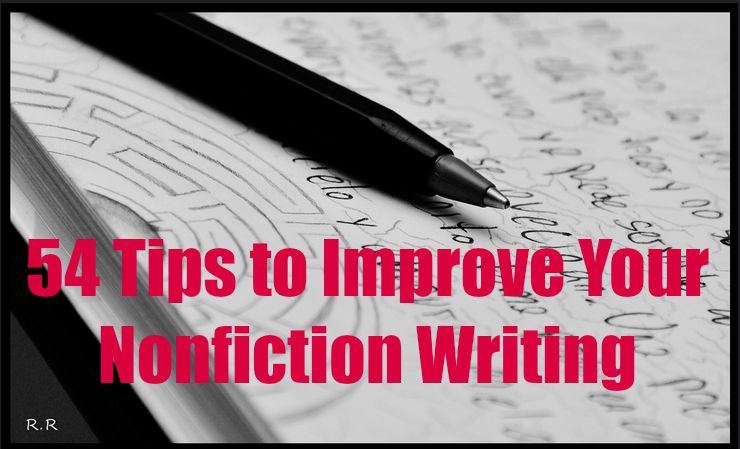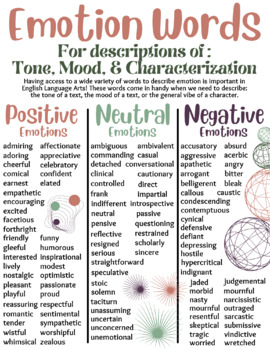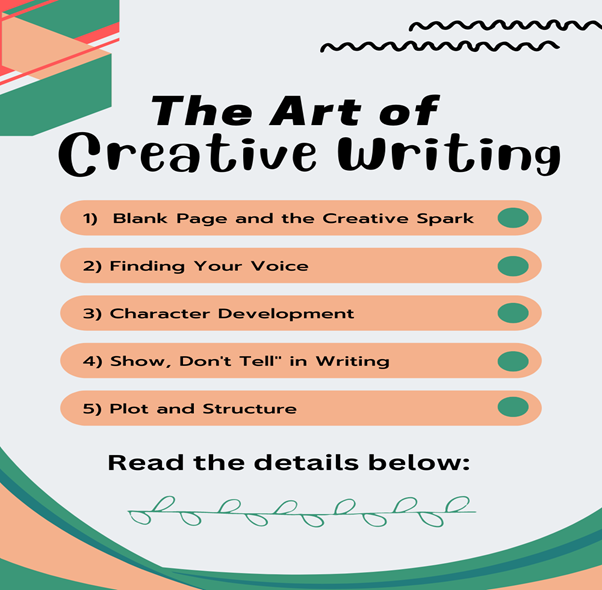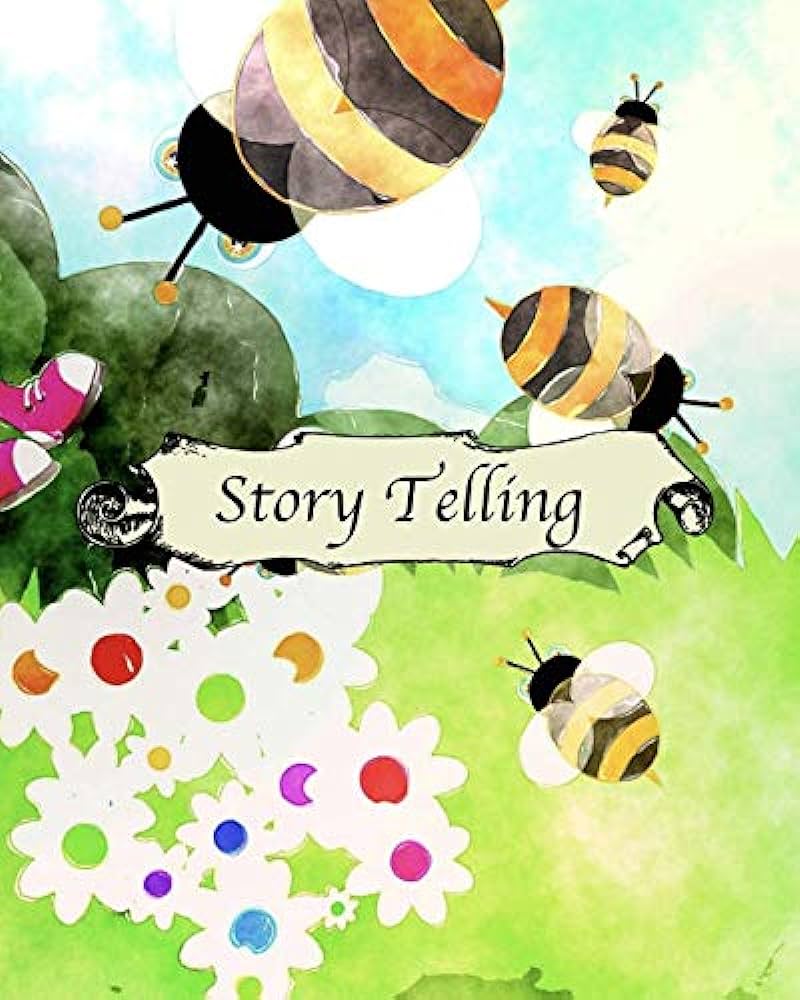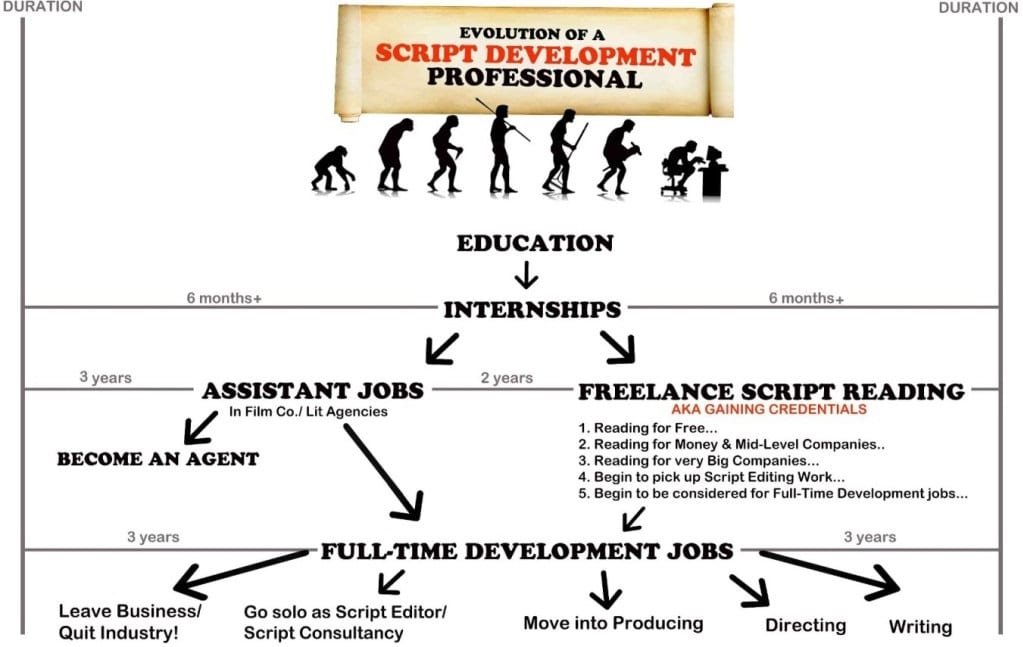The Art of Non-Fiction Writing: Tips and Tricks for Success
Writing non-fiction can be challenging, but it is also incredibly rewarding. Whether you are penning a memoir, a self-help book, or a piece of investigative journalism, you have the power to inform, inspire, and entertain your readers. However, to create a non-fiction work that engages and enlightens, you need to employ specific techniques and strategies. In this post, we will explore several tips and tricks that can help you succeed in the art of non-fiction writing.
1. Choose a Compelling Subject
The first step in writing non-fiction is selecting a topic that fascinates you. When you are passionate about your subject, your enthusiasm shines through in your writing, and you are more likely to engage your readers. Moreover, a compelling topic will make it easier for you to dive into research and gather the information you need to write an informative and engaging book.
2. Conduct Thorough Research
Successful non-fiction writers spend a significant amount of time researching their subject matter. Whether you are writing about historical events or a self-help topic, you need to gather as much information as possible to provide a comprehensive overview of your subject. This includes consulting books, articles, journals, and primary sources, and interviewing experts in your field. When researching, make use of note-taking tools to keep your ideas and findings organized.
3. Develop a Unique Perspective
Many non-fiction topics have been covered extensively, which makes it crucial to develop a unique perspective on your subject. By bringing your insights to the table, you can create a book that offers a fresh take on a familiar topic. Moreover, a unique perspective can set your book apart from the competition and provide readers with a reason to choose your work over others.
4. Use Storytelling Techniques
Non-fiction writing relies on storytelling, just as fiction does. To make your book more engaging, use storytelling techniques such as anecdotes, personal stories, and character development. These devices can help you connect with your readers on an emotional level and make your book more memorable.
5. Edit Ruthlessly
Once you have completed your manuscript, the editing process is crucial. Go through your work with a fine-toothed comb, checking for grammar and spelling errors, inconsistencies, and areas that need more explanation. Also, consider the structure of your book, ensuring that your chapters flow smoothly and your ideas are presented logically.
Conclusion
Non-fiction writing is an art form that requires both creativity and discipline. Whether you are writing a memoir or an investigative piece, following the tips and tricks outlined above can help you craft a book that engages, informs, and entertains your readers. Remember to choose a compelling subject, conduct thorough research, develop a unique perspective, use storytelling techniques, and edit ruthlessly. With these tools in your toolkit, you can create a non-fiction book that leaves a lasting impact on your readers.







